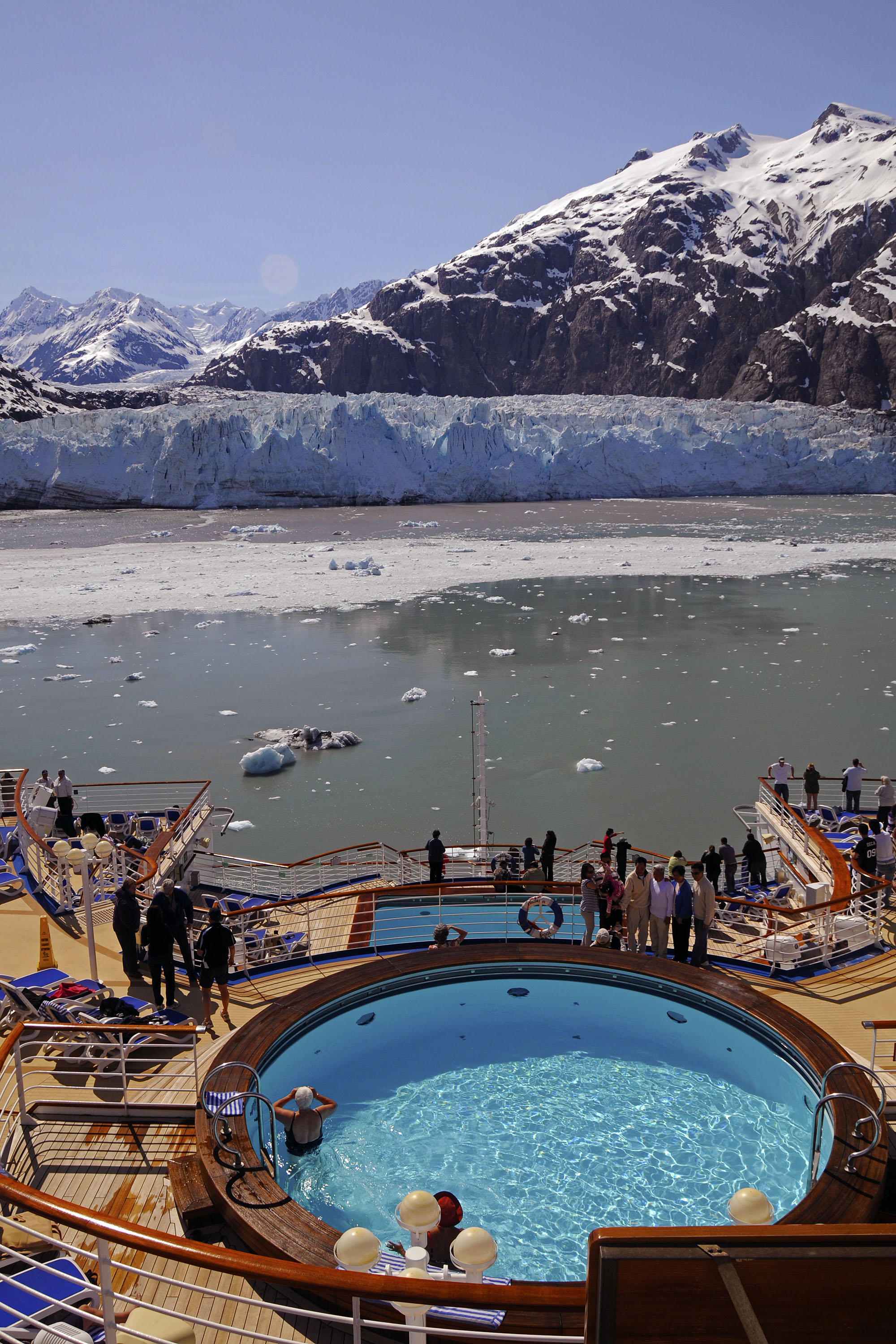An inquiry this week led me to a spot on this planet that did not know even existed. A friend asked me what it might cost to visit Fetlar, Shetland. I was familiar with the Shetland Islands, of course, but I had never heard of Fetlar. Here's what I learned.
Fetlar is one of the North Isles of Shetland, Scotland.
Shetland, also called the Shetland Islands, is a subarctic archipelago that lies northeast of the island of Great Britain and forms part of Scotland in the United Kingdom.
The islands lie some 80 km (50 mi) to the northeast of Orkney, and 280 km (170 mi) southeast of the Faroe Islands. The Shetland Islands form part of the division between the Atlantic Ocean (to the west) and the North Sea (to the east). 15 of the 100+ islands are inhabited.
 |
| Fetlar Interpretive Centre and Leagarth House |
Fetlar is the fourth largest island of Shetland and has an area of just over 4,000 hectares (15 sq mi), and is home to 61 residents (2011 census).
Human settlements on Fetlar can be traced back to the Stone Age. The Vikings colonized Fetlar 1,200 years ago, with Gruting rumoured to be the site of the first Norse landing in the Shetlands.
One of the strange features of Fetlar is a huge wall that goes across the island known as the Funzie Girt or Finnigirt Dyk.
There is an ancient stone circle on Fetlar named Hjaltadans. The Fairy Ring, as it is also known, consists of 38 stones (of which 22 are still fixed in the soil) set in an 11 metre (37 ft) in diameter ring. Inside this, thefe is an earthen ring 7.9 metres (26 ft) in diameter. In the center of the rings are two rectangular pillars.
The waters around Fetlar are sprinkled with an international selection of shipwrecks including Danish, Dutch, German, English and Soviet vessels.
The east of the island is part of the Shetland ophiolite complex (a section of the Earth's oceanic crust and the underlying upper mantle that has been uplifted and exposed above sea level).
If you visit in June or July, you may be able to spot a Red Necked Phalarope, one of Britain's rarest breeding birds. Serious birders can see these remarkably tame, brightly-coloured birds at very close quarters from the RSPB hide.
Fetland's main settlement is Houbie, located on the south coast. Houbie is home to the Fetlar Interpretive Centre, a great spot to learn about the 200+ species of wildflowers found on the island.
Back to the subject of how to get to Fetlar...
Getting to Fetlar means first getting to the port town of Lerwick, on Shetland's largest island, known simply as the "Mainland". You can travel by sea or air.
- By sea: Daily overnight ferry operates service between Lerwick and Aberdeen.
- By air: Lerwick is served by two airports: nearby Tingwall Airport (LWK) has flights to other Shetland islands (but not Fetlar), while Sumburgh Airport (LSI), further south, has year round service to Aberdeen, Edinburgh, Glasgow, Inverness and Kirkwall.
30Jan1973.jpg) |
| Lerwick's annual Up Helly Aa festival |
From Lerwick, you can travel to Fetlar by ferry, either via Unst or Yell. A bit complicated to explain here, but you will find
a good description on the Shetland Tourism website.
Tip: you'll probably wanr a car to explore the Shetlands. While you can bring one with you on the ferry from Aberdeen, car rentals are available on Mainland Shetland (just be sure to reserve ahead!).
Resources
About Fetlar - and how to get there - Shetland Tourism
The Shetland Times



_with_surrounding_lands.png/754px-Shetland_(boxed)_with_surrounding_lands.png)



30Jan1973.jpg)








